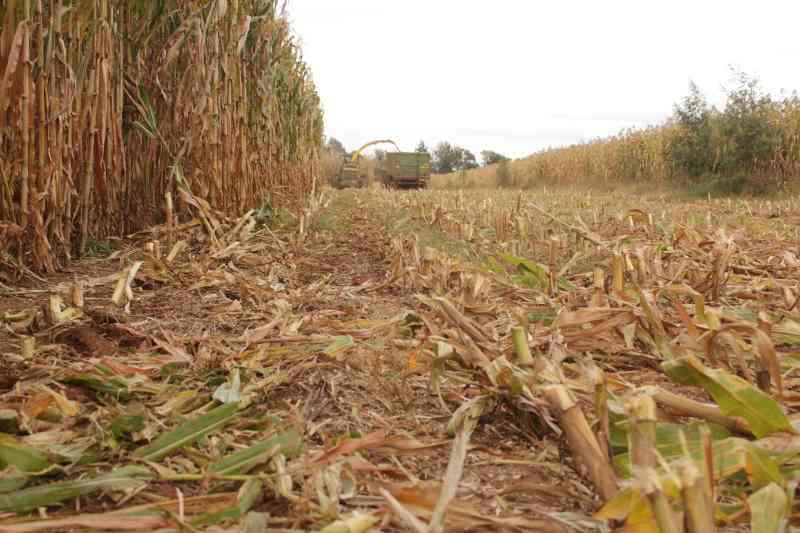×
The Standard e-Paper
Smart Minds Choose Us

Maize harvesting for silage making at Kaptuli farm Uasin Gishu county. [christopher kipsang, Standard]
To most livestock farmers 2022 is a year to remember. This is because the drought caught many unaware before they could stock up on enough quality feed for their animals to push them through. Many animals died and the others were sold off when they were very weak, reaping very little income and driving farmers into hefty losses.